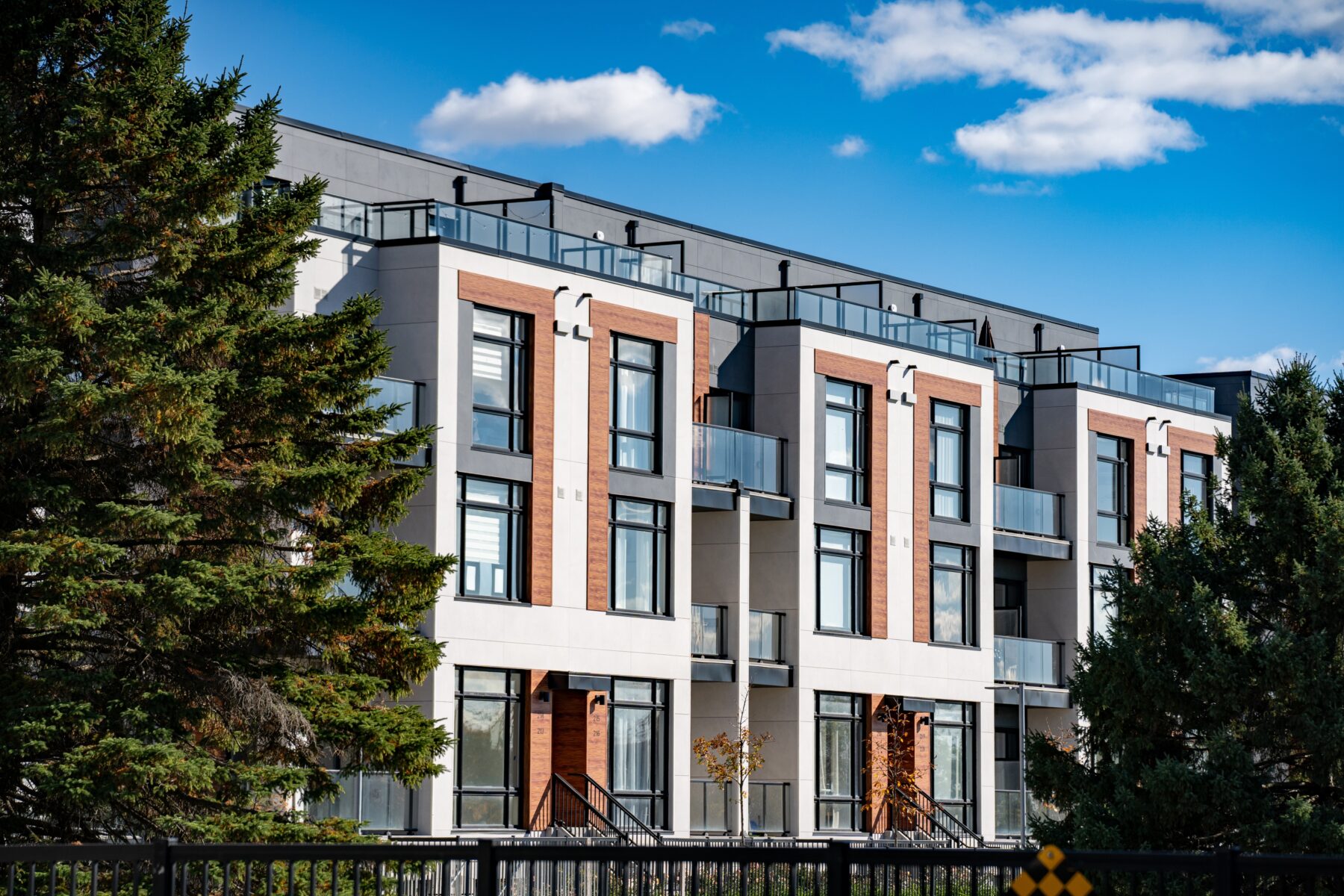By Elly Leonida, FVP Operations Manager
Floods are the most common natural disaster in the U.S., accounting for 90% of all natural disasters and causing more property damage and loss of life than any other hazard. Despite this, many American homeowners remain confused about flood insurance, flood zones, and their options when designated in a flood zone. The recent changes to FEMA’s National Flood Insurance Program (NFIP) under Risk Rating 2.0, implemented in April 2025, have further complicated matters by revising how flood risk is assessed and insurance is priced.
These updates have led to an influx of inquiries, questions, and concerns from homeowners. Mortgage lenders and servicers face the challenge of addressing these flood-related queries effectively. To help, LERETA’s flood experts have compiled answers to frequently asked questions (FAQs) to equip lenders and servicers with the knowledge to support their borrowers in understanding flood risk and insurance.
Homeowner FAQs About Flood Risk and Insurance
1. What’s the Difference Between a Flood Determination and Flood Insurance?
- Flood Determination (Flood Certification): A mandatory document required for obtaining a mortgage, refinancing, or securing a home equity loan. It certifies whether a property is located in a Special Flood Hazard Area (SFHA) based on FEMA flood maps and determines if flood insurance is required.
- Flood Insurance: Not every property requires flood insurance. Only those in an SFHA, as indicated by the flood certification, must carry it.
- Key Takeaway: Every home needs a flood certification, but flood insurance is only required for properties in designated flood zones.
2. What Are the New Risk Ratings Under FEMA’s Risk Rating 2.0?
FEMA’s Risk Rating 2.0 expands the factors used to assess flood risk, including:
- Flood frequency and additional flood types (e.g., river overflow, storm surge, coastal erosion, heavy rainfall).
- Distance to a water source.
- Property-specific characteristics, such as elevation and rebuilding costs.
To check your property’s flood risk:
- Review your flood certification for risk indications.
- Visit fema.gov/portal/search and enter your address to see if your home is at risk.
3. Does My Homeowner’s Insurance Cover Flood Damage? If Not, Where Can I Get Flood Insurance?
- Homeowner’s Insurance: Standard policies do not cover flood damage (distinct from internal flooding, like a broken pipe).
- Flood Insurance Sources:
- Most homeowners purchase flood insurance through the NFIP.
- Private insurers, increasingly partnering with NFIP under Risk Rating 2.0, offer policies with potentially broader coverage options, which may benefit owners of larger or high-value properties.
- Why Risk Rating 2.0 Matters: The updated pricing strategy makes flood insurance more equitable, encouraging more private insurers to offer competitive policies.
4. Can My Home’s Flood Designation Change?
Yes, flood designations can change due to updates in FEMA’s flood maps. Key points:
- FEMA uses the Risk Mapping, Assessment and Planning (Risk MAP) process to manage flood mapping across the U.S.
- Flood risk evolves due to factors like new construction, development, weather patterns, and other variables.
- While only a small percentage of properties experience a change, a FEMA map revision could place a previously non-flood zone property into an SFHA, requiring flood insurance.
5. I’ve Lived in My Home for Decades Without Flooding. Why Am I in a Flood Zone?
- Flood Zone Designations: Even homes with no history of flooding can be in a flood zone. For example:
- A portion of a property may be classified as an “Area of Minimal Flood Hazard” with low risk but still within a flood zone.
- High-risk properties are designated as “Special Flood Hazard Areas.”
- Persistent Risk: Flood risk typically does not decrease over time, and map updates may reflect previously unidentified risks.
6. My House Is on a Hill. How Can It Be in a Flood Zone?
- Flood Risks for Elevated Properties: Homes on hills can still face flooding from:
- Storm surge.
- Surface water runoff.
- Sewage or groundwater issues.
- Solution: If you believe your home’s flood zone designation is inaccurate, contact your mortgage servicer to explore a Letter of Map Amendment (LOMA) from FEMA, which can revise the flood zone status for your property.
How LERETA Supports Homeowners and Lenders
LERETA provides comprehensive flood zone management to address these challenges:
- Life-of-Loan Flood Zone Tracking: Monitors changes in a property’s flood status for both new and existing mortgages, ensuring timely notifications.
- Dedicated GIS Team: Specializes in flood designation exceptions, working directly with homeowners to resolve issues and secure LOMAs at no additional cost to lenders or homeowners, including for rechecks or urgent requests.
- Expertise in LOMA Applications: Assists with the detailed LOMA process, ensuring all documentation and requirements are met for successful outcomes.
Why Choose LERETA?
LERETA’s expertise and commitment to detail help lenders and servicers navigate the complexities of flood risk and insurance, particularly with the changes brought by Risk Rating 2.0. By providing clear answers, proactive tracking, and specialized support, we empower our clients to address homeowner concerns effectively and maintain compliance.
For more information on how LERETA can support your flood certification and exception management needs, contact us at sales@LERETA.com.


